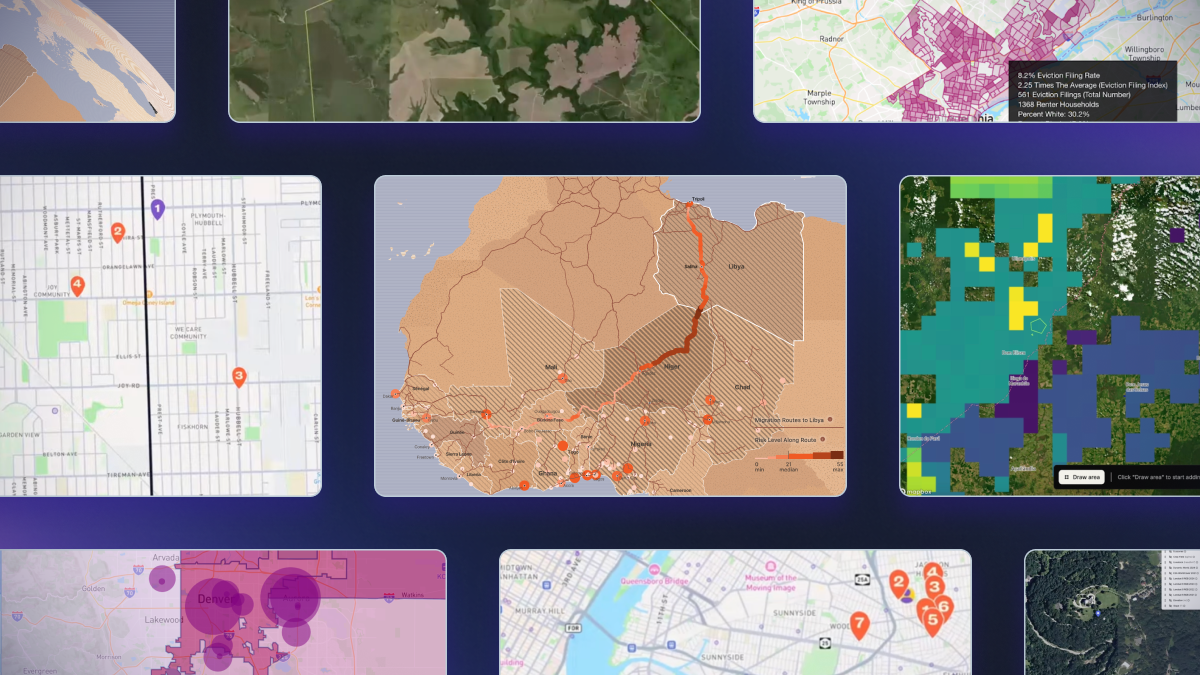Lorem ipsum dolor sit amet, consectetur adipiscing elit, sed do eiusmod tempor incididunt ut labore et dolore magna aliqua.
Optimizing App Startup with the Maps SDK
Heading

A quarter of mobile apps are only launched once after being downloaded. Making a good first impression on end users is critical for retention and repeat use. An app’s performance is foundational to user experience, and startup time is one of the most important components of performance. The Mapbox Maps SDK delivers industry-leading startup performance. It’s not only faster than the competition, but offers developers more insight and control.
Benchmarking v10 of our Maps SDK against the Google Maps SDK and iOS MapKit makes it clear: Mapbox is faster (see chart above). To prove it, we built minimal apps for the three platforms. These apps did nothing but launch a map using each vendor’s default style, logging the time it took to load. Then we launched each app one hundred times.

This big speed advantage persists even when using the Mapbox platform’s unique customization options. Custom styles, CJK glyphs, and additional layers do affect performance, but in real world customer styles, these features only consume 9-13% of the Mapbox performance advantage relative to the Google Maps SDK.

With v10, the Mapbox SDK gives developers power in addition to speed. v10 exposes events for map readiness and completion, as well as signaling when individual components of the style and related resources have been parsed or fetched, with granularity to the per-tile level. Combined with the modular nature of v10, this level of insight gives developers an unparalleled level of instrumentation and control.
Meanwhile, the Google Maps SDK only exposes ready and done. The first of these corresponds to the completion of the map object’s initialization; the second occurs after data has been retrieved, the map is fully drawn, and users can read and interact with it. Apple’s MapKit works similarly, providing events that correspond to the completion of data retrieval and map rendering.
There’s nothing stopping your app from gaining these benefits: v10 is ready for production use. All you need is a Mapbox account and a passion for speeding up your UX. Check out the docs (iOS, Android) and start building today.
Lorem ipsum dolor sit amet, consectetur adipiscing elit, sed do eiusmod tempor incididunt ut labore et dolore magna aliqua.




